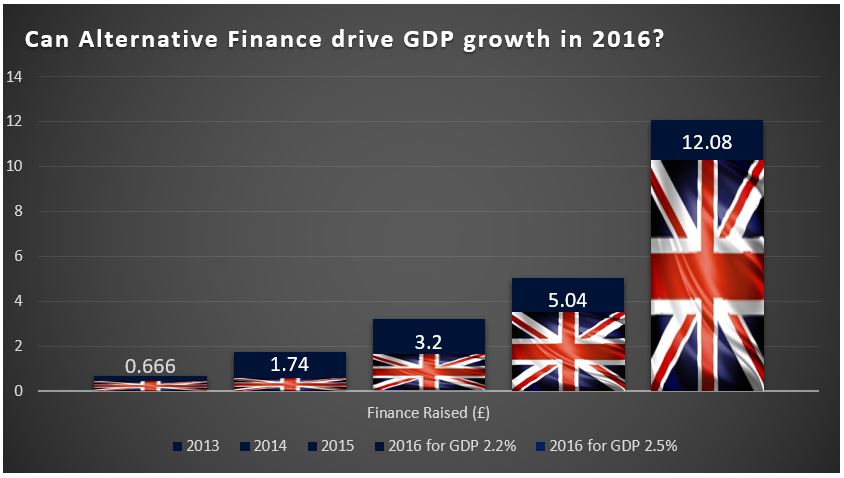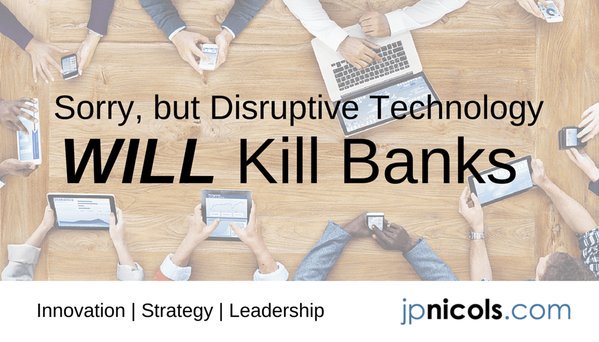Marc Shoffman’s recently published article on ThisisMoney.co.uk last week was a bit of mixed bag, from an Alternative Finance perspective. First and foremost, I salute his noble efforts to raise awareness for his father and others battling with Parkinson’s disease. He is raising finance for speech therapy through a social enterprise reward-based crowdfunding campaign through the Crowdfunder platform. The article itself focuses on the increased presence of institutional money in crowdfunding, with some muddled references to “peer to peer” thrown in. With a fairly mainstream readership, however, I felt that a response could be somewhat beneficial to clear up some of the more glaring errors in the article. As a starting point, any article on alternative finance that fails to clearly differentiate peer-to-peer lending from crowdfunding is counter-productive, especially for an uninitiated reader. The article raises some questions on where the alternative finance industry is heading, but he seems to have misunderstood the true nature of Crowds; his statement that “as the sector becomes more mainstream, it may also become less attractive” is a case in point. It isn’t really about a popularity contest: the wisdom of the crowd comes from a group of people making informed decisions, not a bunch of people throwing caution to the wind in the name of doing something a little bit different.

First, let’s dispel some myths and nip some clichés in the bud. To say that “[Alternative Finance] no longer has that jazzy alternative tag which in the long run could hit its popularity” is a belittlement of an industry that is in the process of becoming FCA regulated. The word “alternative” is used here in its purest sense as something that departs from or challenges traditional norms; alternative finance is not some hipster “Jazzy”-ness. In reference to the allusion to the FSCS compensation scheme, it isn’t really relevant to our industry; this article on AltFi will shed some light on a few of the peer to peer lending contingency funds and how platforms strive to protect investors. There is also, of course, the ArchOver “secured and insured” model as an exemplar as well.
It is important to emphasize that the institutions that lend over any platform are valued members of the crowd, and they lend on exactly the same terms as everybody else. That’s the alternative finance ethos, that’s where this movement began. It’s a process of democratisation and we mean that sincerely. The wisdom of the crowd is greatly boosted by the presence of institutions lending money to SMEs, or indeed buying equity. Individual investors can take a hell of a lot of comfort knowing that schools, county councils and family offices lend across the various platforms on the same terms and at the same rates as they get; it benefits all the parties involved. The banks and funds are coming around to accepting that. Those that don’t will sit on the side-lines and that’s fine too. The great thing about democracy is that you have a choice.
The point he makes about larger pledges and shutting out the little guy is a question of balance. Marc uses BrewDog as an example of a business that “value smaller investors”. Yet BrewDog is probably the prime example of how a business has taken advantage of unsuspecting crowdfunders by masquerading as anti-establishment whilst using good old-fashioned bankers’ tactics. Their crowdfunding should be for fans of their beer, not for people to invest their hard earned savings into. This article, again by AltFi, serves as a cautionary tale of what to look out for, using BrewDog as a case in point. On the one hand you want people to think about what they are doing and to take the time to understand what they are doing. On the other you want as many as possible taking part and benefitting. As you know ArchOver set the minimum pledge at £1k per project, which obviously I believe ensures that the balance is met. Of course, this won’t be appropriate for everybody, and that is why small lenders are looked after so well at the likes of RateSetter and Funding Circle.
A bigger, wiser, democratic crowd with the ability to invest over a range of platforms to spread their risk, and soon to enjoy the benefits of the Innovative Finance Isa? Now all of that does sound “jazzy” to me.

